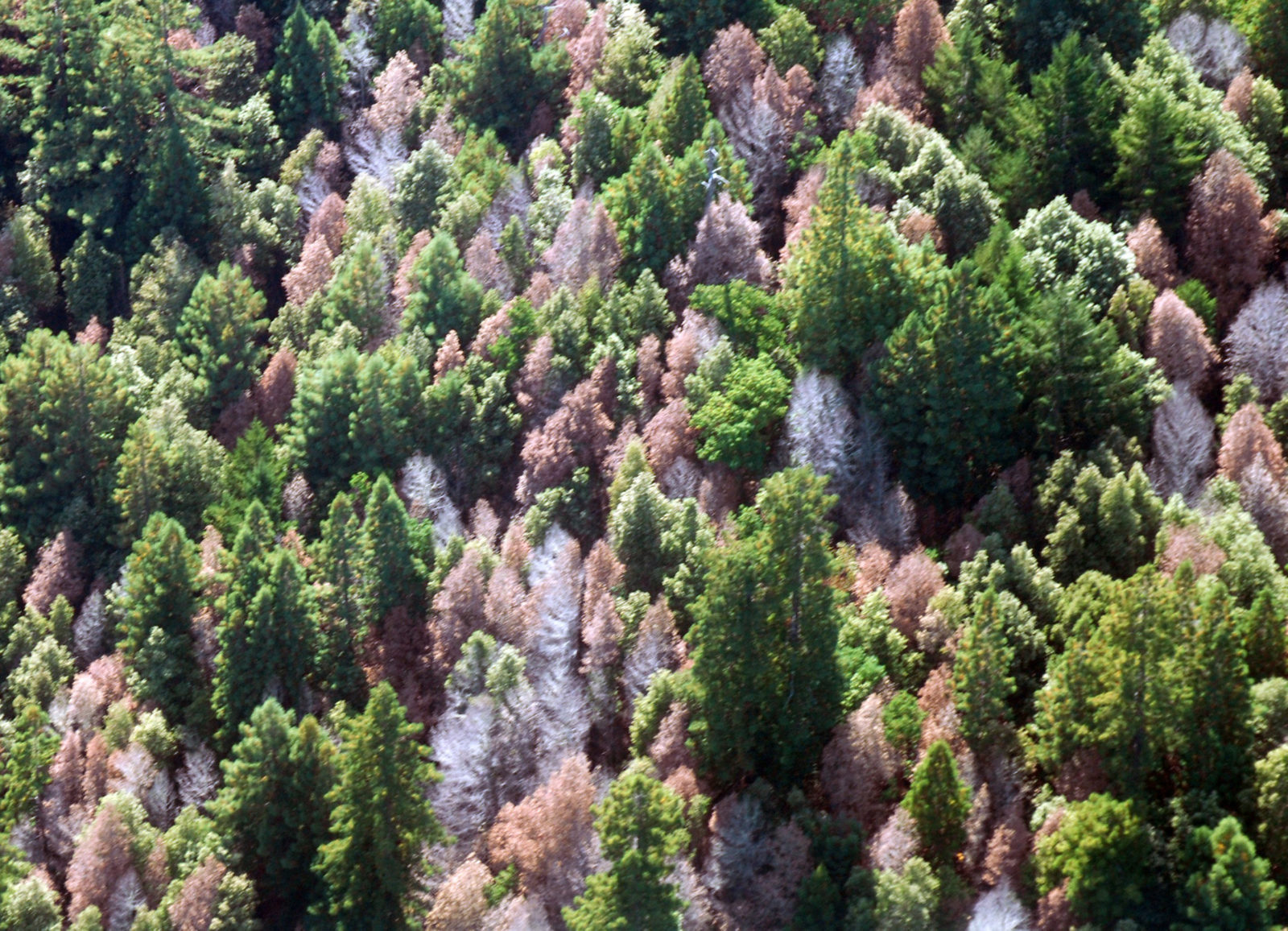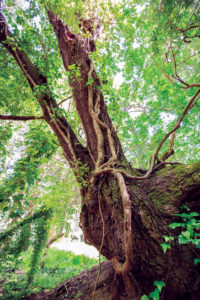In the 1990s, tanoaks and coast live oaks in Northern and Central California began to mysteriously die. The affliction, christened “sudden oak death,” was caused by a form of the fungus-like pathogen called phytophthora—Greek for “plant destroyer.” A related organism, of which there are more than 100 species and whose origin remains unclear, caused the potato blight that led to Ireland’s “great famine” in the mid-19th century. Biologists at the San Francisco Public Utilities Commission, a major landowner in San Mateo and Alameda counties—it has 66,000 acres—realized that plant nurseries were, by unknowingly raising infected plants, helping the organisms spread. Despite its best efforts, SFPUC couldn’t prevent the arrival of sudden oak death on commission lands. Twenty percent of the coast live oaks and half of the tanoaks on SFPUC land succumbed to the pathogen between 2003 and 2012.
More than four years ago, SFPUC launched a project to build its own, less disease-prone nursery. In January, it announced completion of a pilot phase of the project, called the Sunol Native Plant Nursery. The $2.2 million facility is one of just a few of its kind in the Bay Area. Disinfection rules are stringent. Workers wash hands and shoes before entering and must wear clean clothes. Incoming trucks are washed of mud. Plant-cutting equipment is disinfected. Potting soil is sterilized by steaming. And plants must remain three feet or more off the ground to limit exposure to the water-traveling organism says Tim Ramirez, the land and natural resources division manager at SFPUC. “We can’t keep pathogens out of the watershed,” he says. “But we can do a lot to minimize risk.”





